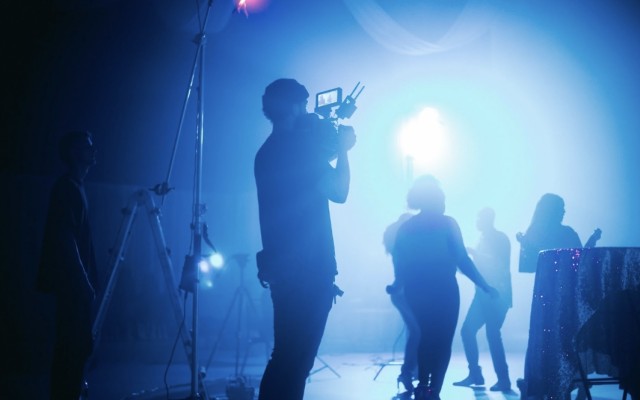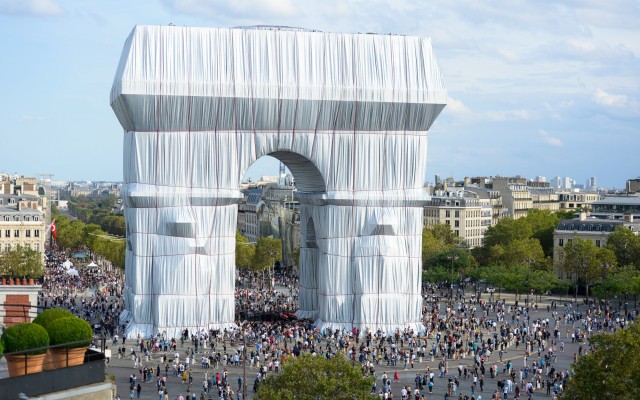 Let Interior Design Inspire Connection and Creativity?
Let Interior Design Inspire Connection and Creativity?
Article
time it takes to enjoy a delicious club sandwich
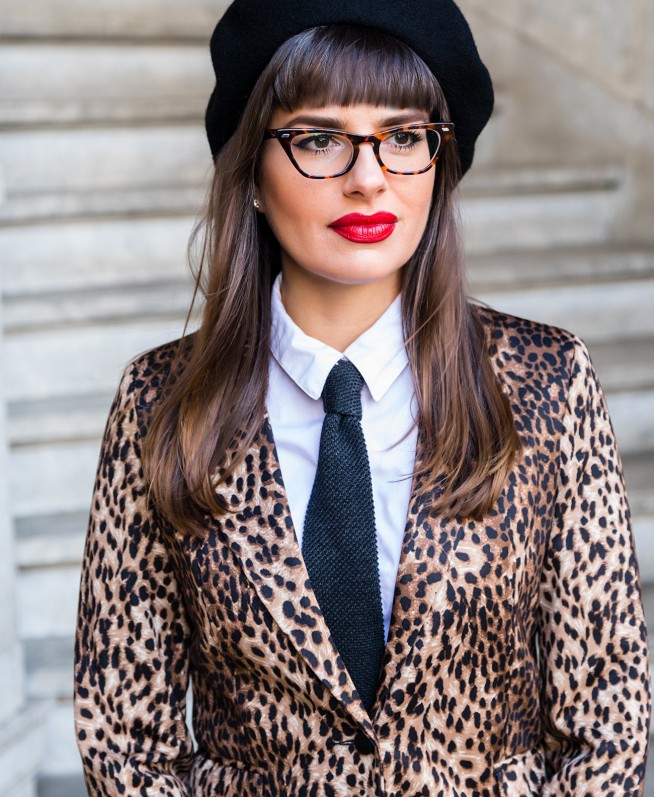
by Joanna Marlow
Writer
Modern organizations and innovative startups already understand the importance of inspiring workspaces in facilitating creativity. Some companies spend millions of dollars creating unique physical spaces for their offices.
Google was one of the first to realize the potential of interior design in relation to productivity. Hiring Evolution Design in 2008 to redesign their Zurich office, the project revolutionized the way workspaces are imagined, starting a trend known as the ‘Googly design’.
Since then, many global companies have followed suit, tapping into the expertise of renowned designers to help them realize unique working spaces.
But which interior elements exactly impact your state of mind? And how do office spaces serve the needs of workers while contributing to the work process?
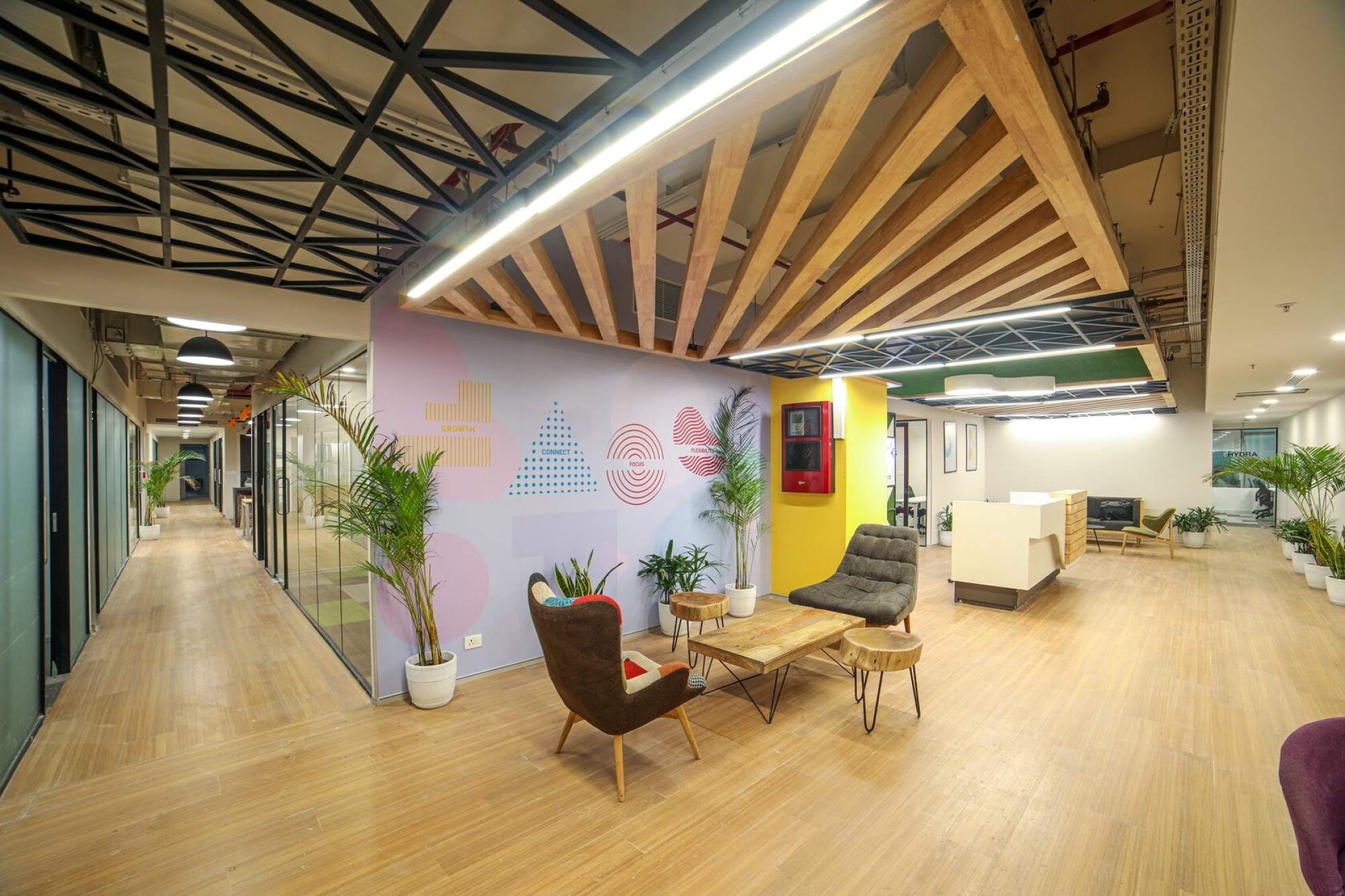
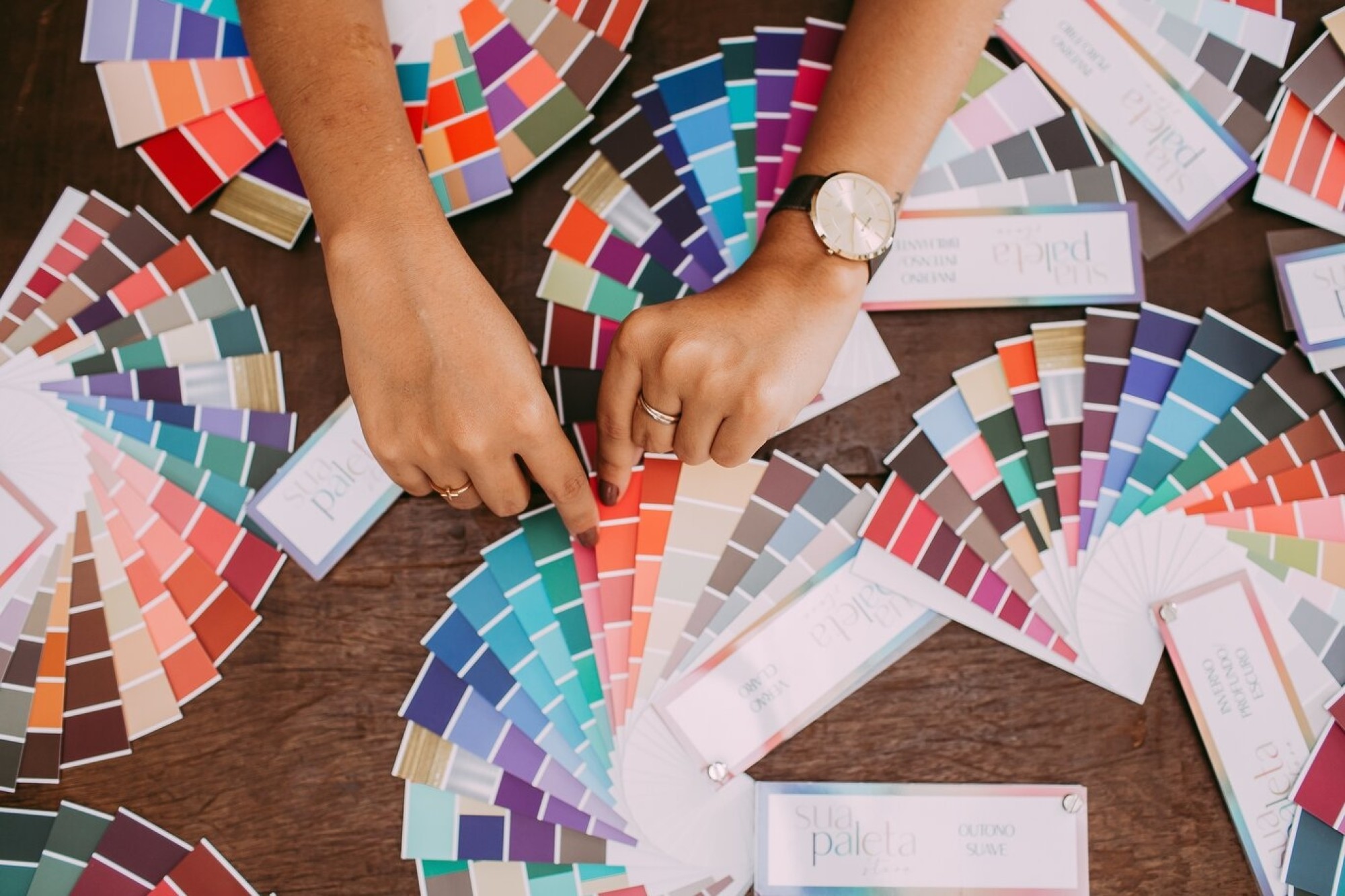
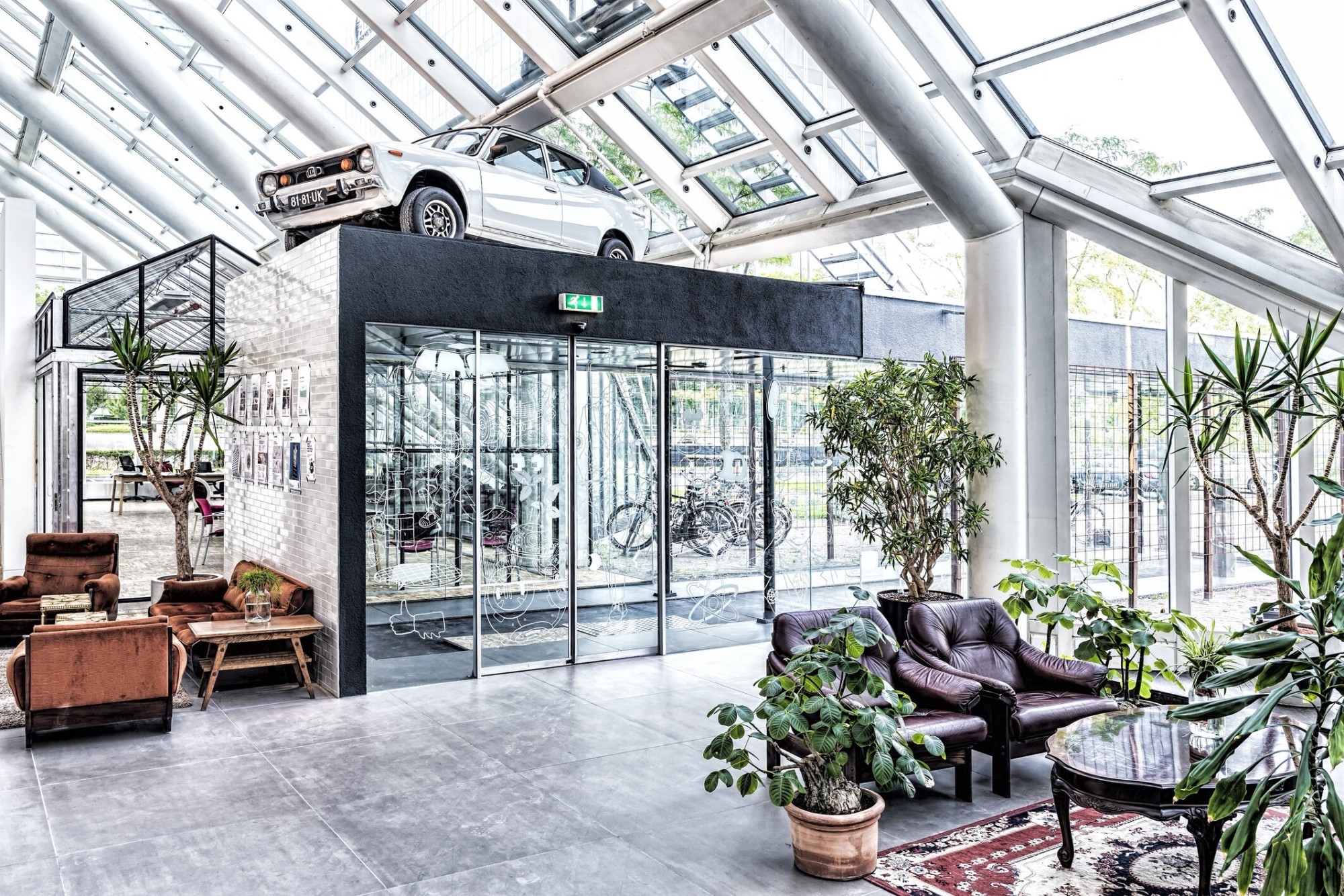


What’s the project you’re most proud of?
Articles

